From Marketing to Bamboo, Hajime Nakatomi’s Radical Career Change
Before becoming a master basket weaver in Japan and having his work displayed around the world, the artisan had never had a manual job.
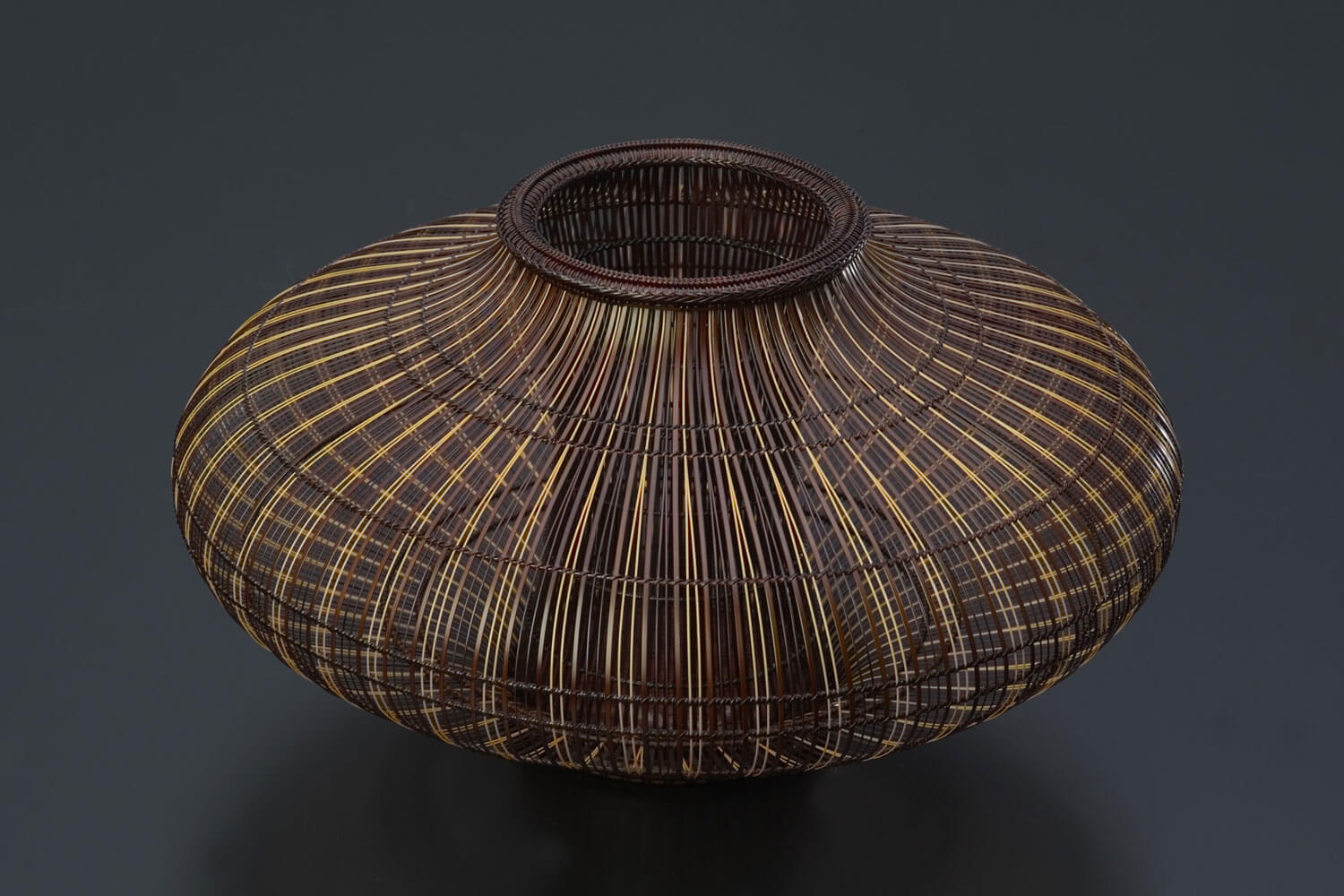
© Hajime Nakatomi
Hajime Nakatomi didn’t always see himself working with his hands. Indeed, his university course saw him sitting in lectures at Waseda University in Tokyo, where he studied marketing. It was then that he was struck by the beauty of the work produced by Shono Shounsai (a living national treasure in Japan), and abandoned a promising career to instead take up an apprenticeship in artistic basketweaving.
A passion for bamboo’s curves
Trained by bamboo sculptor Shoryu Honda, Hajime Nakatomi established his own studio in 2005. The basket weaver has since developed a universe that combines simplicity and sophistication, tradition and modernity, and he exhibits his work in museums and galleries across the globe.
His ingenious, functional and sometimes purely artistic creations act as a reminder that passion and dedication can lead to the most unexpected of career choices.
Hajime Nakatomi’s creations can be viewed on his website and on his Instagram page.
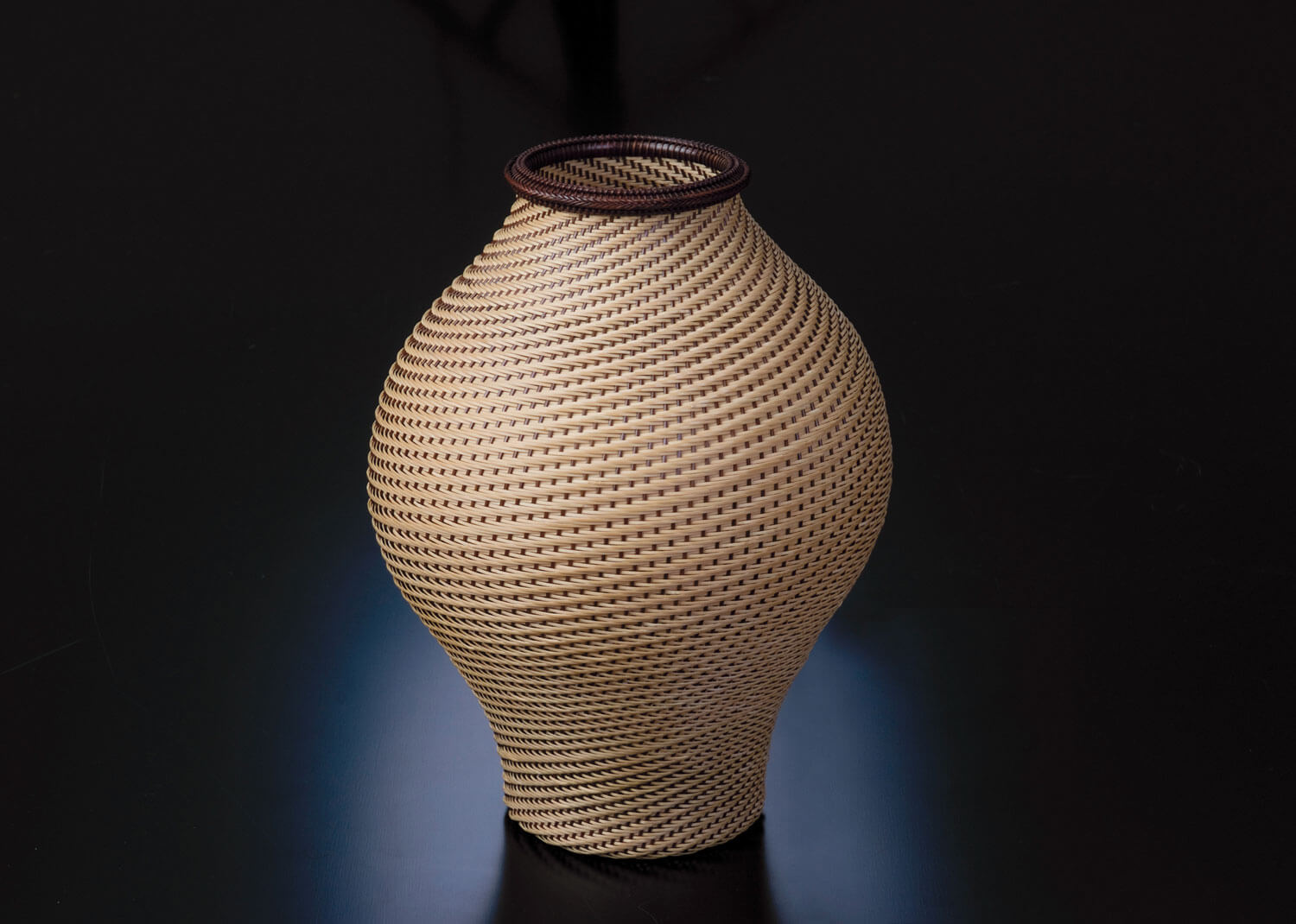
© Hajime Nakatomi
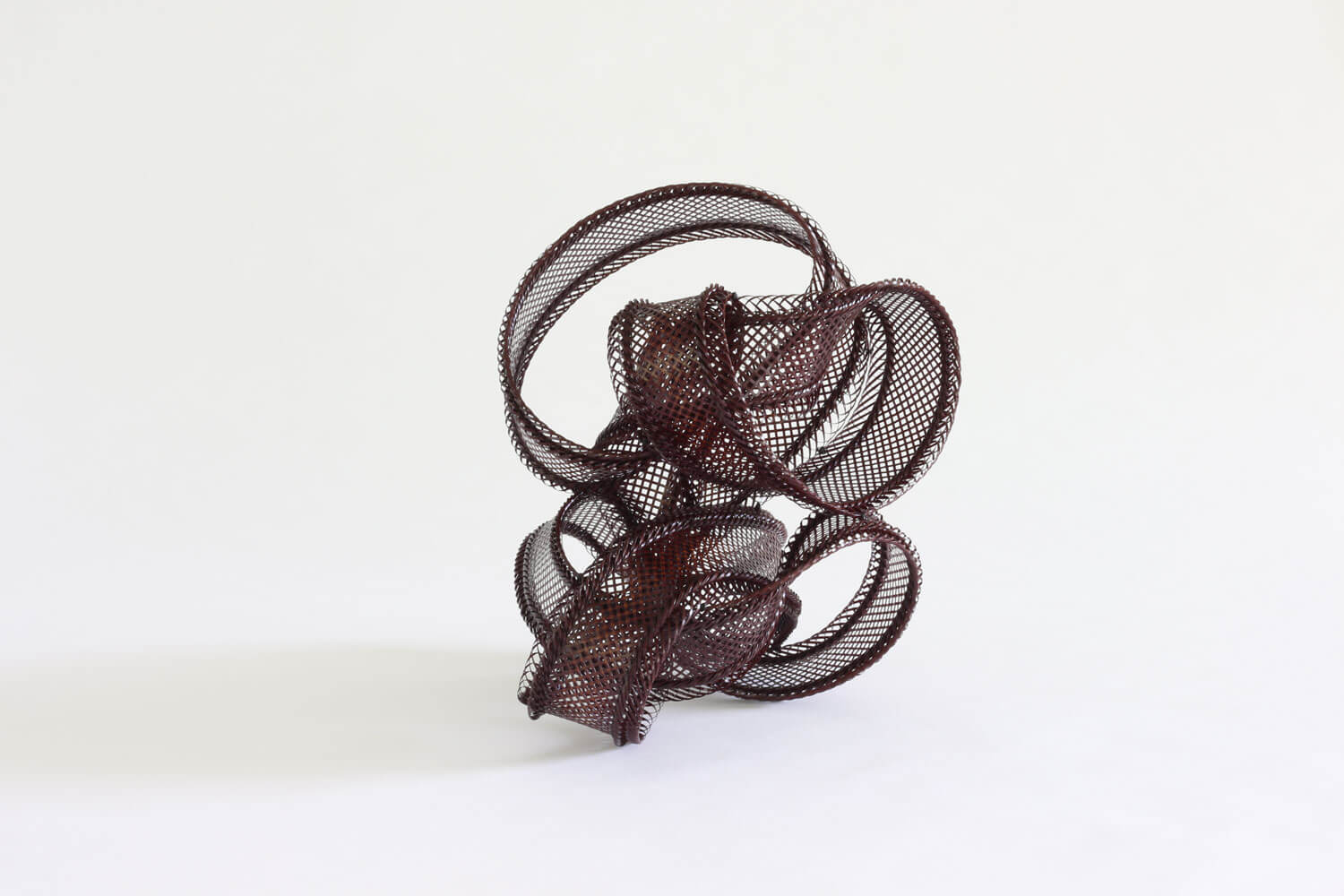
© Hajime Nakatomi
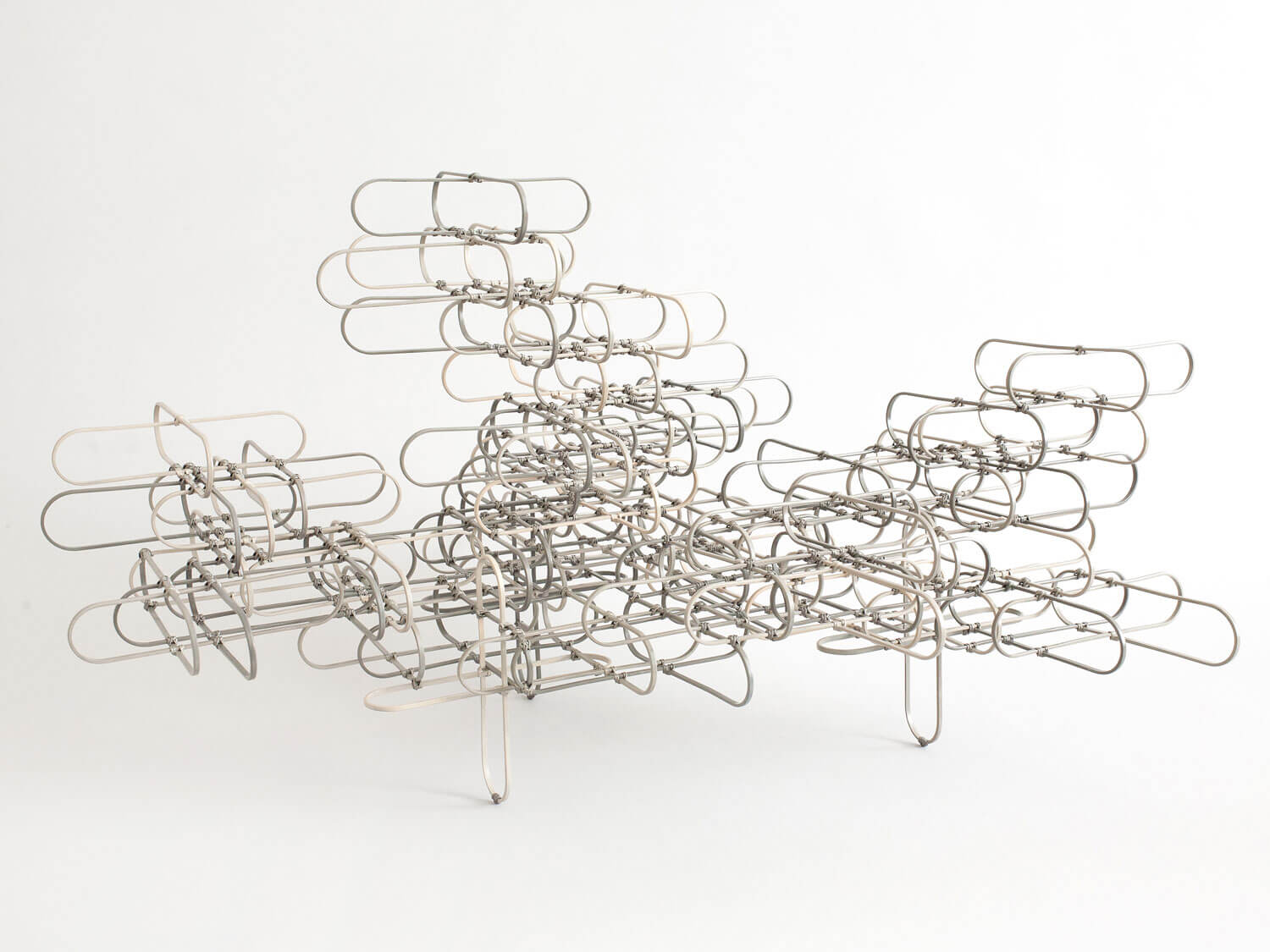
© Hajime Nakatomi

© Hajime Nakatomi
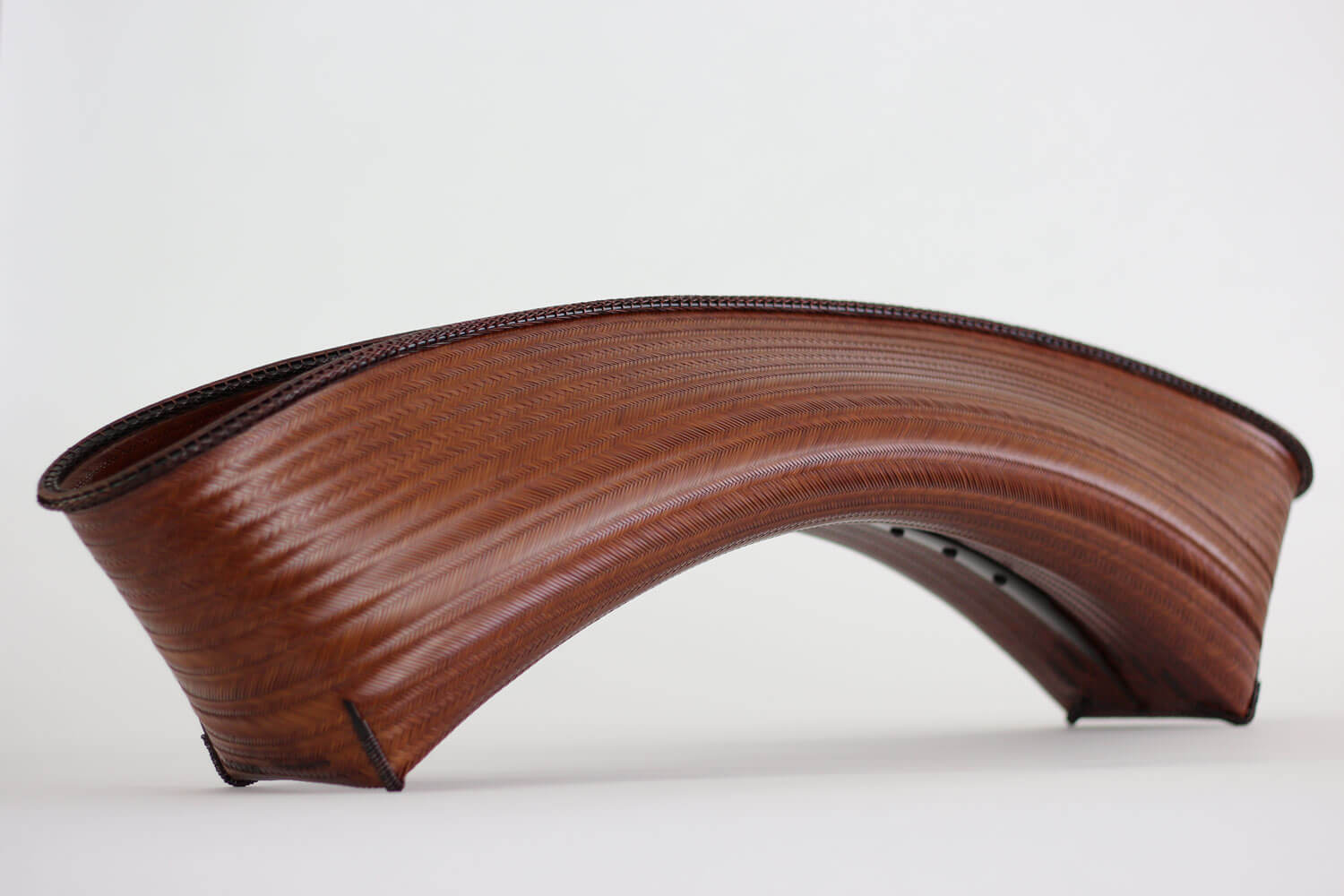
© Hajime Nakatomi
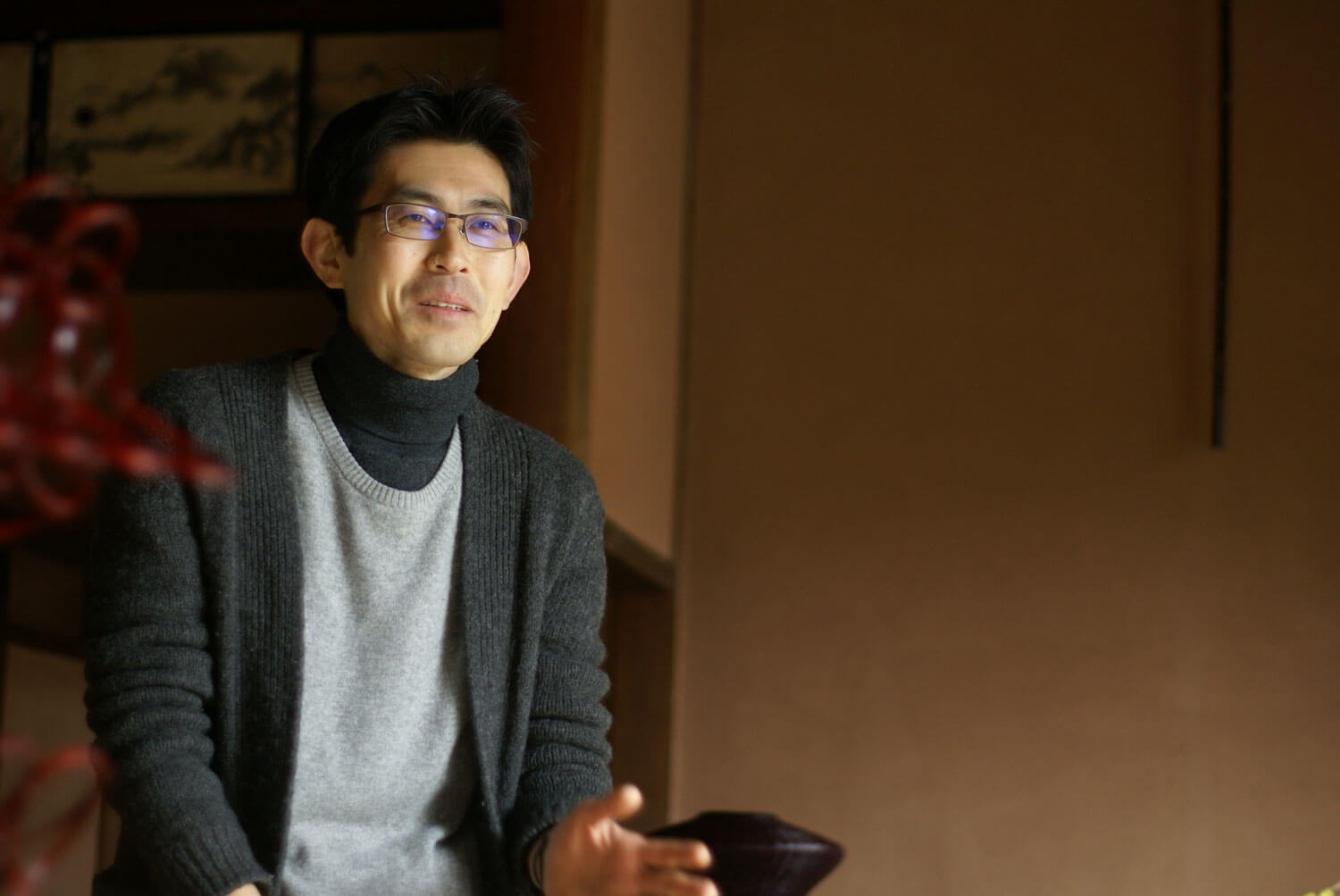
© Hajime Nakatomi
TRENDING
-
The Tattoos that Marked the Criminals of the Edo Period
Traditional tattoos were strong signifiers; murderers had head tattoos, while theft might result in an arm tattoo.

-
Chiharu Shiota, Red Threads of the Soul
Last year, more than 660,000 people visited the retrospective 'Chiharu Shiota: The Soul Trembles' exhibit at the Mori Art Museum.

-
‘Before Doubting Others, Doubt Yourself. Who Can Truly Say a Dish Isn’t What It Used to Be?’
In ‘A Non-Conformist’s Guide to Surviving Society’, author Satoshi Ogawa shares his strategies for navigating everyday life.

-
The Story of Sada Yacco, the Geisha who Bewitched Europe
Described by Dazed magazine as the first beauty influencer, she has been restored to her former glory since 2019.

-
Ito Jakuchu's Naturalist Paintings
From 15 September until 14 October 2018, the Petit Palais showcased the artist's iconic ‘Images of the Colourful Realm of Living Beings’.





